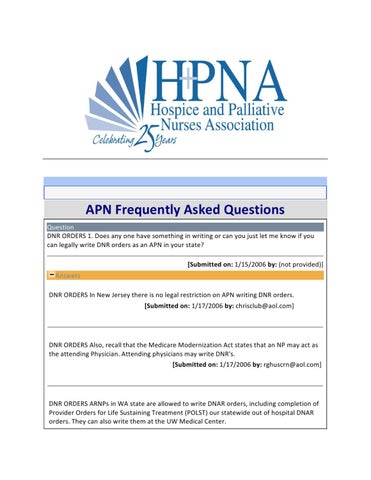
### Why Conversations Surrounding End-of-Life Care Are Essential in Medicine
Death remains one of the most pervasive yet uncomfortable subjects in contemporary society, especially within the medical realm. Reflecting on my tenure as a general surgery intern over two decades ago, I recall how challenging and ethically intricate the moment of death can be for both patients and healthcare professionals. It was an uneventful morning when I discovered a frail elderly patient unresponsive in her hospital bed. With no breath or pulse and lacking a Do Not Resuscitate (DNR) order, I felt compelled to adhere to medical procedures and initiate a code.
What ensued was a scene of mechanical resuscitation attempts: chest compressions forceful enough to fracture fragile ribs, the sterile placement of a rigid backboard, and the application of electrical shocks aimed at reviving a heart in terminal distress. In the end, all attempts were in vain, as the patient succumbed either moments before or after we commenced. This memory lingers vividly in my mind as a powerful demonstration of the consequences when we fail to engage in significant dialogues regarding end-of-life (EOL) care.
In this piece, I aim to reflect on those moments and emphasize why a proactive and empathetic approach to EOL conversations is beneficial for all parties—patients, families, and healthcare practitioners. It is time for medical professionals and society as a whole to acknowledge the certainty of death and enable individuals to pass away with dignity, thus circumventing unnecessary suffering.
—
### The Stark Disparity: Ineffective Care at Life’s End
As a physician, I frequently encounter elderly, chronically ill, or terminally ill patients designated as “Full Code,” signifying that every conceivable life-saving intervention will be pursued should their heart stop. The issue arises when this directive clashes with the reality of their health status. These patients, many over 80 or 90 years old, may be grappling with advanced cancer, heart failure, or other severe ailments. The notion of reviving someone whose quality of life and prognosis are already drastically diminished may seem like an effort to postpone the unavoidable while overlooking the severe pain and trauma we might inflict upon them.
Research corroborates this disparity. For instance:
– An examination of survival rates from inpatient cardiac arrest reveals that only **17% of patients survive** post-CPR. The figures drop even further for older or chronically ill patients, with survival rates plummeting to **2% or less**, and many of these survivors suffer considerable brain damage or disability.
– Findings from nursing homes indicate that even among residents who were resuscitated and subsequently discharged, none reported satisfactory functional recovery within a year.
– A significant portion of individuals who undergo CPR express that they **regret the procedure**, even if it temporarily prolonged their life.
For both patients and providers, recognizing the low success rates and potential disadvantages of CPR should foster genuine discussions. Yet these dialogues frequently never take place.
—
### The Challenges of Discussing Death
Death is the ultimate certainty of existence, yet culturally and socially, we tend to sidestep the matter as if it can be ignored. Societies across the globe share in this evasion. In healthcare, particularly in the United States, this hesitance is evident in our tendency to allocate vast resources toward prolonging life, regardless of the cost:
– The **average healthcare spending** in the final year of life is approximately **$80,000 per person**, with even steeper expenses accrued during the last three years of life.
– Intensive Care Unit (ICU) admissions for elderly cancer patients in the U.S. occur more than **twice as often** as in comparable countries.
Despite our advancements in medicine aimed at extending life, death is frequently perceived as a failure within the healthcare system rather than a natural transition.
—
### Altering the Dialogue: Embracing Natural Death
Healthcare providers need to learn how to discuss death with clarity, empathy, and realism. Rather than phrasing the question as “Do you want everything done?”—which often prompts an automatic “Yes” from anxious patients or unprepared families—we could inquire, “If your heart stops, would you like us to try to revive you, knowing this could cause suffering and may not prevent death or enhance your quality of life?”
This subtle rephrasing shifts the focus from a purely technical decision to a thoughtful, value-oriented choice. It highlights *allowing natural death* rather than the stark terminology of “Do Not Resuscitate.” The language we use is critical when aiding families or patients in reaching decisions that reflect their true wishes and safeguard their dignity.
—
### The Responsibility of Physicians in End-of-Life Conversations
Numerous end-of-life choices are postponed or go unaddressed, often leaving families in disarray within high-stress hospital environments when a loved one is critically ill. In these chaotic moments, they are more likely to insist on “doing everything,” unaware of what “everything” entails or the potential trauma it may induce.
As physicians, we bear the duty to lead these discussions at a moment when patients are mentally capable and more able to express their care preferences. Physicians have a unique understanding of the